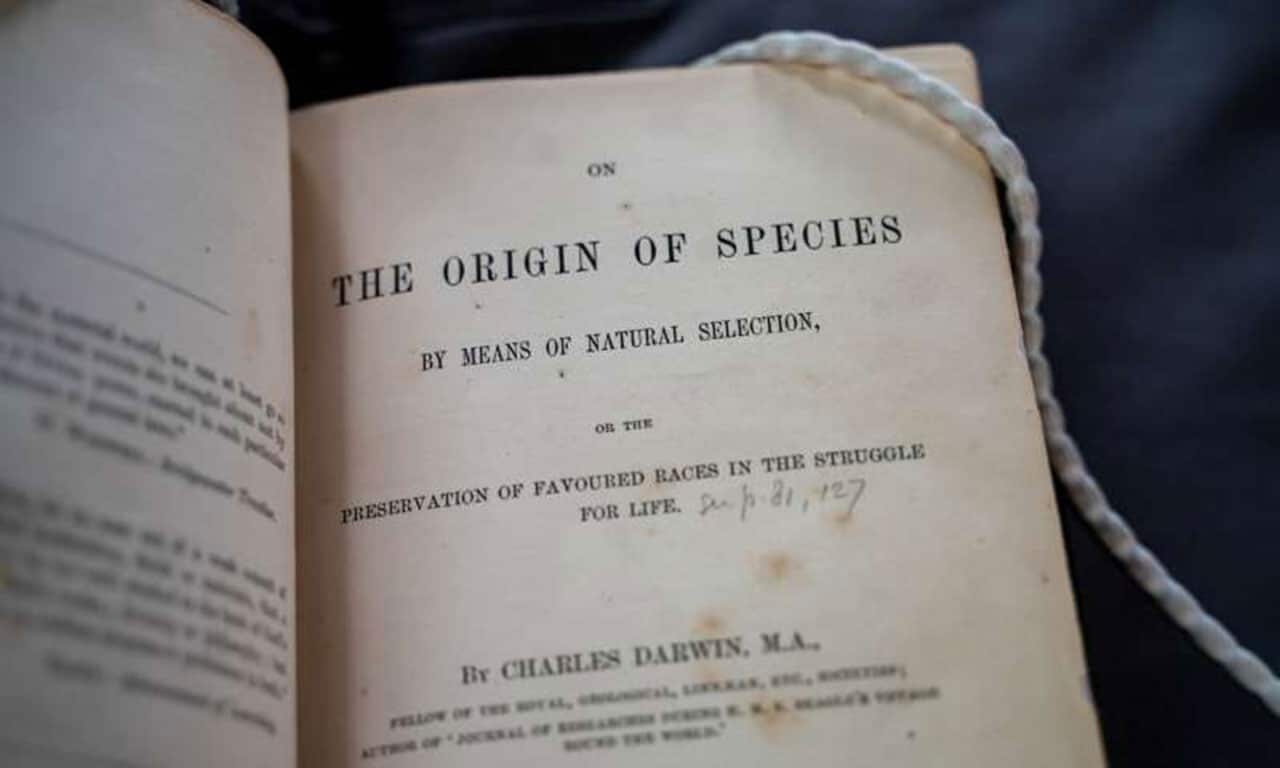
According to Darwin’s theories of evolution, all species of organisms arise and develop through the natural selection of small, inherited variations that increase the individual’s ability to compete, survive, and reproduce.
After 140 years after his death, scientists have proved one of Charles Darwin’s theories of evolution for the first time.
The study conducted by Laura van Holstein, a Ph.D. student in Biological Anthropology at St John’s College, University of Cambridge, has shown that mammal subspecies play a more critical role in evolution than previously thought. This research can now be used to foresee which species conservationists should focus on ensuring to stop them from becoming endangered or extinct.
“We are standing on the shoulders of giants. In Chapter 3 of On the Origin of Species, Darwin said animal lineages with more species should also contain more ‘varieties.’ Subspecies is a modern definition. My research investigating the relationship between species and the variety of subspecies proves that sub-species play a critical role in long-term evolutionary dynamics and future evolution of species. And they always have, which is what Darwin suspected when he was defining what a species was.”
Scientists took a gander at On the Origin of Species using Natural Selection, which was first distributed in 1859 after Darwin got back from a five-year voyage of discovery. In the seminal book, Darwin argued that organisms continuously advanced through a procedure called natural selection’ – frequently known as survival of the fittest. His pioneering work was considered profoundly disputable because it contradicted the Bible’s account of creation.
This new study proves that evolution happens differently in land mammals (terrestrial) and sea mammals and bats (non-terrestrial)¬ because of differences in their habitats and differences in their ability to roam freely.
Van Holstein said: “We found the evolutionary relationship between mammalian species and subspecies differs depending on their habitat. Subspecies form, diversify and increase in number in a different way in non-terrestrial and terrestrial habitats, and this, in turn, affects how subspecies may eventually become species. For example, if a natural barrier like a mountain range gets in the way, it can separate animal groups and send them off on their evolutionary journeys. Flying and marine mammals—such as bats and dolphins—have fewer physical barriers in their environment.”
“The research explored whether subspecies could be considered an early stage of speciation—the formation of a new species. The answer was yes. But evolution isn’t determined by the same factors in all groups, and for the first time, we know why because we’ve looked at the strength of the relationship between species richness and subspecies richness.”
“Evolutionary models could now use these findings to anticipate how a human activity like logging and deforestation will affect evolution in the future by disrupting the habitat of species. The impact on animals will vary depending on how their ability to roam, or range, is affected. Animal subspecies tend to be ignored, but they play a pivotal role in longer-term future evolution dynamics.”
The exploration goes about as another clear notice that the human effect on the human impact of animals won’t just influence them presently, yet will affect their evolution in the future. This data could be utilized by conservationists to enable them to figure out where to focus their endeavors.
Journal Reference:
- Terrestrial habitats decouple the relationship between species and subspecies diversification in mammals. DOI: 10.1098/rspb.2019.2702
Bagikan Berita Ini














0 Response to "Scientists proved Charles Darwin’s theories of evolution for the first time - Tech Explorist"
Post a Comment